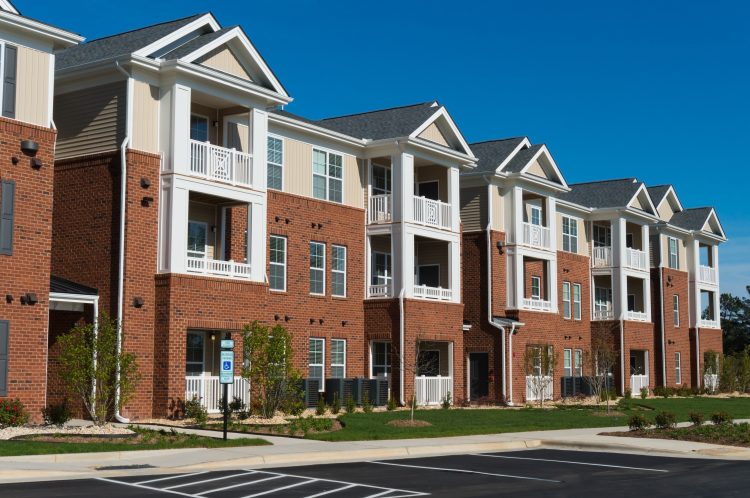 When it comes to buying or building a condominium in Calgary, it’s essential to understand the key differences between a Bare Land Condominium and a Conventional Condominium. These two condominium properties come with distinct ownership structures, and the presence of a Real Property Report (RPR) plays a crucial role in determining your obligations as an owner.
When it comes to buying or building a condominium in Calgary, it’s essential to understand the key differences between a Bare Land Condominium and a Conventional Condominium. These two condominium properties come with distinct ownership structures, and the presence of a Real Property Report (RPR) plays a crucial role in determining your obligations as an owner.
In this blog, we’ll explore these differences, the need for an RPR, and how insurance factors into the equation.
A Bare Land Condominium, often referred to as a sub-dividable single-family home, is constructed on an empty lot. These condos can take on the appearance of a typical neighbourhood, featuring single-family homes, townhouses, or duplexes. What sets them apart is the ownership structure. In a Bare Land unit, the owners not only possess the interior of their unit but also own the land on which the dwelling stands.
Most Bare Land Condos require a Real Property Report due to the unique land ownership arrangement. This report ensures that you, as the owner, have a clear understanding of your property’s boundaries and the associated structures.
A Conventional Condo is essentially a bare land condominium that has been subdivided into individual units. Within a Conventional Condo, you’ll find multiple units, each with its own separate entrance and a staircase leading exclusively to that unit. This format is commonly seen in apartment-style condominiums.
In the case of Conventional Condominiums, an RPR is typically not required. This is because the property’s structure is governed by a condominium plan, which outlines the size and boundaries of individual units, common property, unit boundaries and factors, and property boundaries.
A common source of confusion in Bare Land Condominium complexes relates to insurance. Unlike Conventional Condos, where owners collectively own the land and individually own their units, in a Bare Land Condo, owners have ownership of both the land and the buildings on their respective lots.
Insurance obligations for Bare Land Condominium corporations are distinct from those of conventional condominium projects. The Condominium Property Regulation outlines the perils that condominium corporations must insure against. For Bare Land Condos, the condominium corporation is obligated to insure only against perils that pose a risk to the units or managed property, unless additional insurance obligations are outlined in the bylaws.
Understanding your specific insurance obligations in a Bare Land Condominium complex necessitates a thorough review of your condominium’s bylaws. These bylaws will detail the responsibilities of both owners and the condominium corporation, shedding light on the extent of coverage required.
In cases where questions arise about insurance and maintenance obligations in your Bare Land Condo, it’s advisable to consult with an insurance broker. They can help you navigate the intricacies of your condominium’s insurance requirements. Additionally, reviewing the condominium corporation’s Standard Insurable Unit Description (SIUD) can offer further clarity on insurance obligations for owners and the condo corporation.
In conclusion, comprehending the differences between a Bareland Condominium and a Conventional Condominium, along with their respective insurance obligations, is crucial for a smooth condominium ownership experience in Calgary.
For Law Real Estate Professionals:
Hi! I’m Erin Crocker. I’m a real estate lawyer with over 10 years of experience in Alberta and British Columbia real estate law. I love technology and efficiency. I’m on a mission to create a modern, digital closing experience for buyers and sellers through technology, transparency and sharing knowledge.